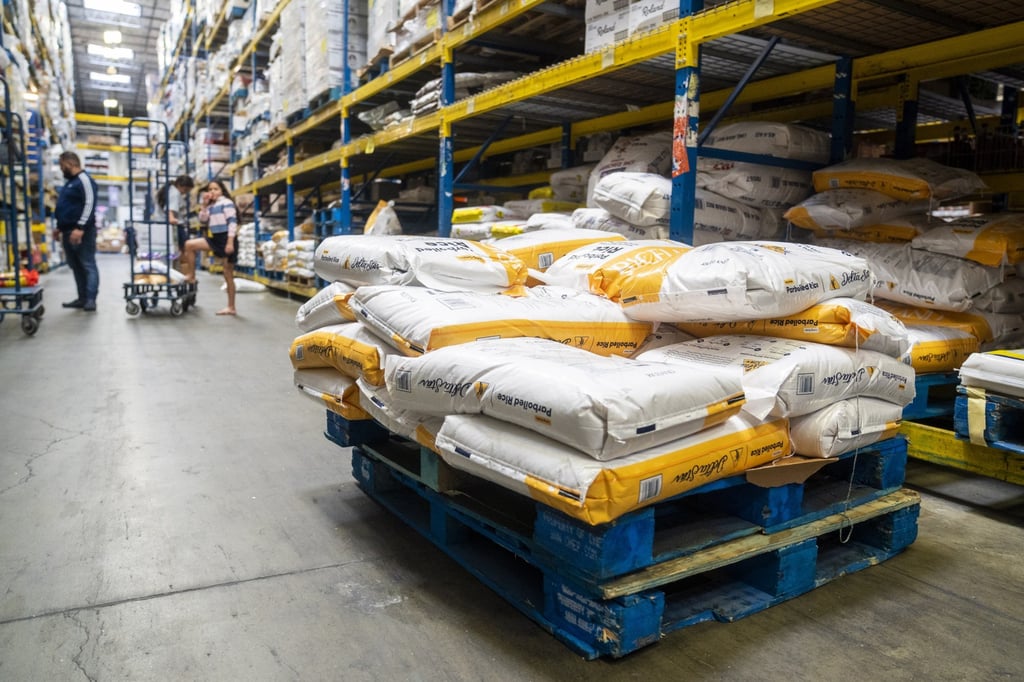Macroscope | March data shows US inflation woes could soon be at an end
- Even as the conflict in Ukraine continues and weighs on global markets, there are signs US inflation has peaked or will soon peak
- Energy and food inflation are high but there is good reason to believe the worst is over

Inflation, which has been missing for a decade, has seemingly returned with a vengeance. It now has the full attention of central bankers and investors across the world and continues to be a key driver of price action in markets.
With the global supply chain issues easing and energy prices normalising at the beginning of the year, it was expected that inflation would also moderate. However, the ongoing conflict between Russia and Ukraine, as well as its impact on global commodity markets, has delayed the peak in US inflation.

Having said that, this does not change our fundamental view that inflation should glide lower throughout the course of the year, especially given that the key distinction in this period of inflation is that it is a supply-driven shock that is effecting both energy and core goods prices. These components are both more transitory in nature than core services inflation, which is stickier.
This is why we think the path is lower from here, starting with the key drivers within the transitory inflation bucket.
